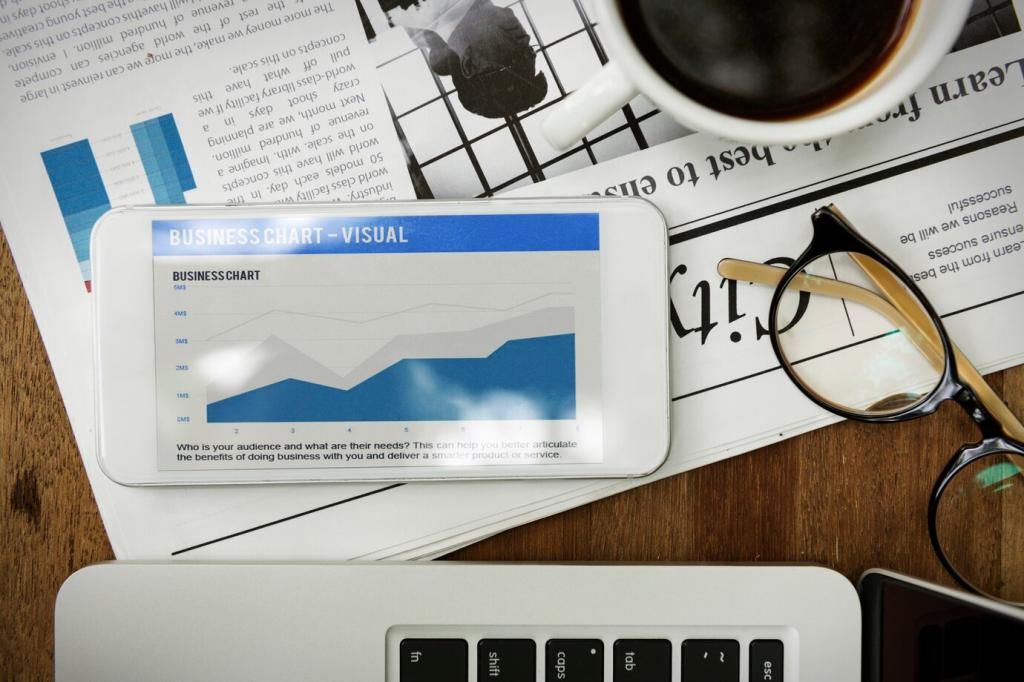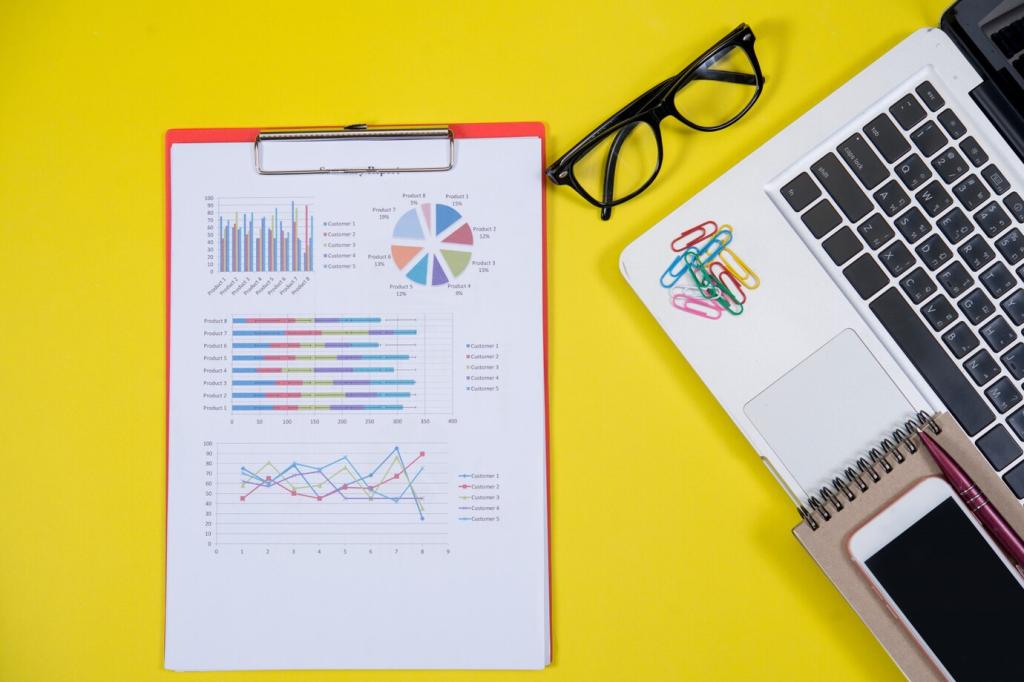Blockchain Technology in Accounting Services: A New Ledger for Trust



Continuous Audit, Instant Reconciliation, and Smoother Compliance
An audit manager described monitoring sales contracts via on-chain events rather than waiting for quarter-end. Exceptions surfaced within hours, not weeks, enabling targeted procedures that cut fieldwork days and let the team spend more time advising management on performance improvement opportunities.
Continuous Audit, Instant Reconciliation, and Smoother Compliance
Because counterparties write to the same ledger, accounts payable and accounts receivable align as transactions occur. One mid-market distributor saw reconciliation time drop by 70 percent after tokenizing invoices, with disputes resolved by cryptographic evidence instead of email threads and manual spreadsheet tie-outs.

Security, Privacy, and Risk: Building Confidence Without Exposing Secrets
Cryptographic Integrity at the Core
Hashing, digital signatures, and Merkle trees make unauthorized changes detectable. Auditors can verify that records are unaltered since their creation, establishing reliable evidence chains. This cryptographic assurance complements, rather than replaces, established controls such as role-based access and segregation of duties.
Permissioned Networks and Fine-Grained Access
Most accounting use cases favor permissioned ledgers, where identity, roles, and channels restrict who can see what. Finance teams can share proofs with auditors while shielding commercially sensitive terms from competitors or unrelated third parties, aligning with confidentiality obligations and internal control policies.
Privacy Enhancements: Proving Without Revealing
Zero-knowledge proofs and selective disclosure let firms demonstrate compliance—such as meeting spending thresholds—without exposing full transaction details. One treasury team validated policy adherence for an external auditor using proofs, satisfying test procedures while keeping contract prices confidential and preserving negotiation leverage.



Implementation Roadmap: From Vision to Live Ledger
Start with processes burdened by reconciliation and dispute management, such as intercompany settlements or invoice matching. Define measurable goals—close-time reduction, write-off decrease, or audit hours saved—and establish a baseline so you can prove value quickly and win support for expansion.
Implementation Roadmap: From Vision to Live Ledger
Choose a permissioned platform that supports robust identity, privacy channels, audit logging, and integration tooling. Design for interoperability with ERP and tax systems, and plan for data governance, key management, and backup so operational resilience matches your financial reporting obligations.

Governance, Ethics, and Law: Doing the Right Things Right
Plan for retention schedules, key rotation, and techniques such as off-chain storage with on-chain hashes to respect privacy laws. Structure records so you can revoke access to sensitive payloads while preserving the integrity of audit evidence and the continuity of financial histories.
Define how contracts are reviewed, tested, and versioned, with approval gates and rollback mechanisms. Separate duties so no single actor can push changes into production. Document controls so auditors can trace design, testing, and deployment back to mapped financial reporting assertions.
Coordinate with counsel on cross-border data flows, e-signature validity, and evidentiary rules. Engage tax and audit standard-setters early. One multinational formed a steering group with external auditors to align smart contract logic with revenue recognition before expanding to additional regions.

Client Experience and New Service Models

By tokenizing invoices, clients track status and payment risk in real time. Discounts or financing can be automated via smart contracts, reducing DSO and uncertainty. Accountants gain continuous visibility, enabling earlier conversations about working capital and covenant compliance with fewer surprises.
Join our mailing list
